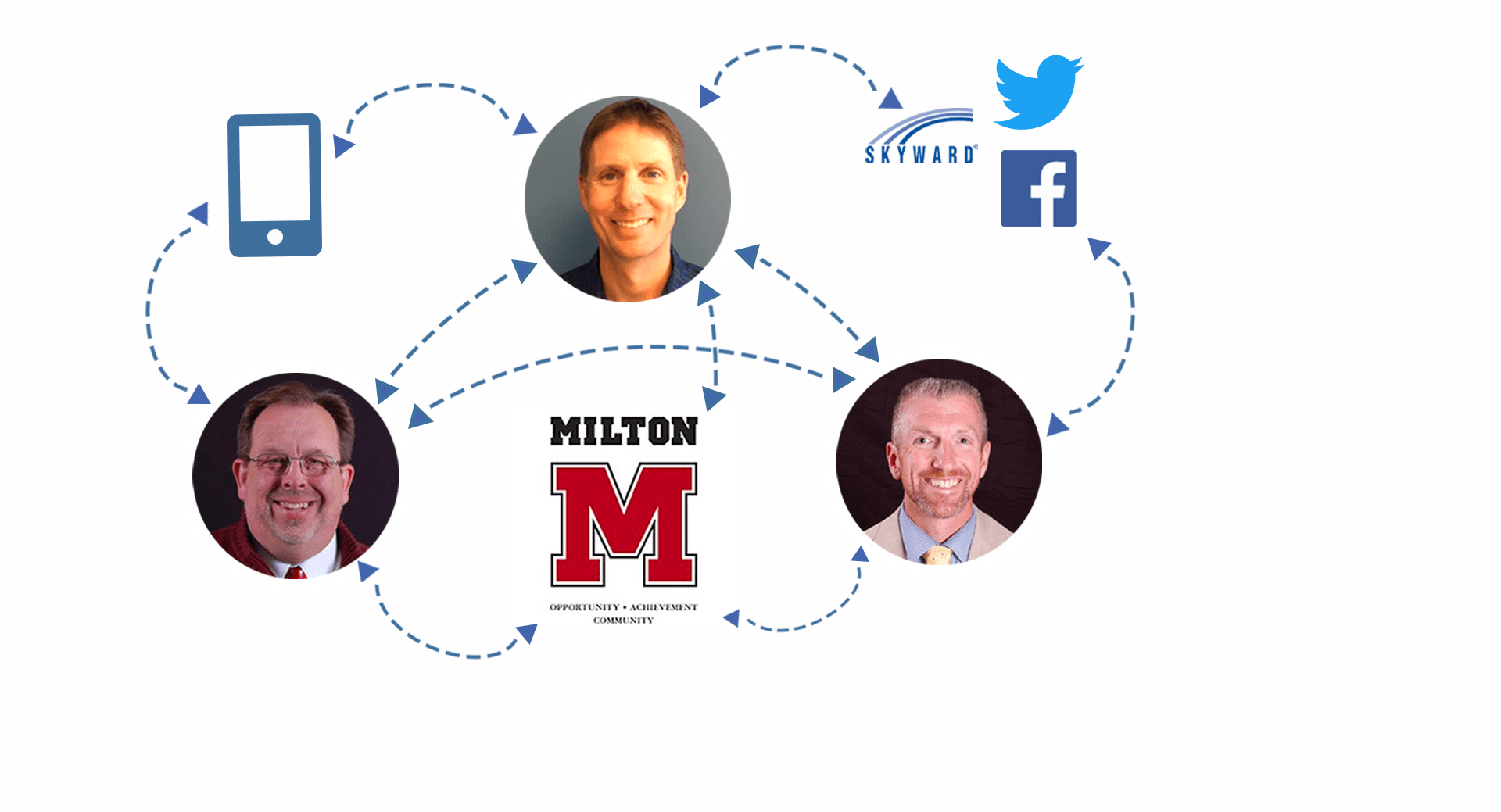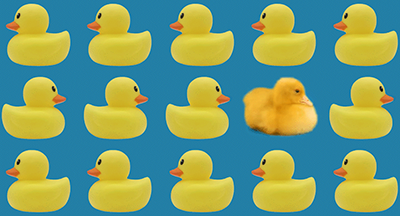One of school leaders’ common goals is to prepare students to be good citizens and competent workers. This absolutely encompasses core subjects (like the Three R’s of yore) but also extends to collaboration and camaraderie—can this student manage their own behavior well enough to be a good teammate? These types of behavior management, social-emotional, soft skills, whatever we’d like to call them these days, can and should be practiced during students’ K12 careers, when students are in classrooms with lots of different peers from various backgrounds. Yes, schools can help students practice disagreeing with respect. Here’s how to build it into the wider school culture so everyone can practice together.
Lead with listening
Kids often don’t want to heed orders, and that’s okay. We’re not talking about listening and following directions. Instead, practicing listening to understand, not to argue back, is the crucial listening skill to being able to disagree nicely. There are many barriers to getting students to understand and begin to practice this skill that the vast majority of adults struggle with today.A good first step is to understand the protective strategies our brains rely on to resist listening with a wide-open mind. Concepts such as bias, opinions, and beliefs are big and potentially too abstract for students to grasp until later grades but laying the groundwork matters. Students who are aware that the brain will fight to keep the status quo are on the right track to seeing multiple possibilities, key for building problem solving skillsets highly sought by employers.
Break out of black-and-white
Rigid thinking keeps us fighting, while being open to alternative perspectives gives us a window into our neighbors’ lives. This type of thinking is also called “black and white” thinking: a system of absolutes in which one option is good and right, and one option is bad and wrong. The reality is that precious few situations call for such extreme judgements, but our brains love to simplify. Blame that buzzy electric organ riding around in your skull for the tendency to jump to conclusions that are, well, not as nuanced and complex as real life really is.So how do educators model this type of gray-area thinking to students, especially when it’s tricky for grown-ups? Authentic texts, group discussion, and primary sources can help students see their way is one way, but not the only way, to live. We may discover and share many different ways of life in the same community.
Center community, not selves
We love to say education is what a student makes of it—after all, education often is a highly individual pursuit, since every student learns at a different pace in a different way. Still, we’re all important in the context of the whole, especially when we’re considering the lens of school culture. There is one “I” in disagree, but it’s a friction that occurs between more than one person.In order to face a disagreement, at least two folks have asserted divergent opinions. This is a community process! A communal skill.
District leaders have access to certain data points that can provide clues about whether the prevailing climate in the district is community-focused or committed to chaos. Behavior tracking gives administrators the data they need to see how students are faring emotionally and interpersonally. Are conflicts up and teacher morale down? These are starting points for district leaders to investigate to determine what needs their immediate intervention.
Learning to disagree peacefully is a component of becoming emotionally intelligent, but also a skill students can use in future workplaces, community settings, and in everyday life. These skills are sometimes debated (after all, the pressure is on to focus on those aforementioned Three R’s), but regardless of controversy, it can improve lives and livelihoods. And maybe, just maybe, school culture too.
WHAT'S NEXT FOR YOUR EDTECH? The right combo of tools & support retains staff and serves students better. We'd love to help. Visit skyward.com/get-started to learn more.

|
Erin Werra Blogger, Researcher, and Edvocate |
Erin Werra is a content writer and strategist at Skyward’s Advancing K12 blog. Her writing about K12 edtech, data, security, social-emotional learning, and leadership has appeared in THE Journal, District Administration, eSchool News, and more. She enjoys puzzling over details to make K12 edtech info accessible for all. Outside of edtech, she’s waxing poetic about motherhood, personality traits, and self-growth.




